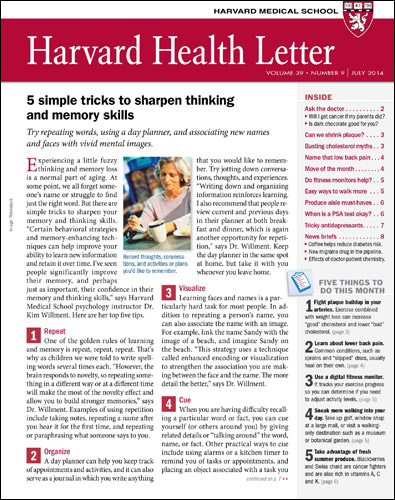Food insecurity, COVID-19, and eating disorders

Every human in the United States can attest that COVID-19 has changed our way of life. In addition to shining a light on the prevalence of racial and ethnic disparities, socioeconomic status, and weight status on outcomes in COVID-19, the pandemic is driving food insecurity to an all-time high.
So, what is food insecurity?
Food insecurity is a disruption in food intake or eating patterns because of lack of money and other resources. The United States Department of Agriculture (USDA) divides food insecurity into two categories:
- Low food security: Quality, variety, or desired foods are being reduced by necessity. However, low food security is linked to little or no paring back in food intake.
- Very low food security: Multiple indicators of disrupted eating patterns — such as having no food in the fridge — and reduced food intake due to not having access to food.
How does food insecurity drive eating disorders?
One of the first studies to address the full spectrum of eating disorders in people living with food insecurity was published in the International Journal of Eating Disorders in 2017. In this study, participants with the highest level of food insecurity experienced:
- higher levels of binge eating (uncontrollable eating)
- a higher likelihood of having any type of eating disorder, such as anorexia or bulimia
- dietary restraint for any reason, for example, avoiding a food group, such as carbohydrates, or types of foods, such as desserts
- weight self-stigma, assessed through responses to a questionnaire that measured self-devaluation and fear of experiencing stigma (sample statement: “I would never have any problems with weight if I were stronger”)
- high levels of worry, also measured through responses to a questionnaire (sample statement: “My worries overwhelm me”).
A 2020 study in Eating Disorders points to high levels of dietary restraint in racially and ethnically diverse, low-income urban populations. The primary reasons people reported holding back on eating were:
- minimizing the effect of hunger on children and other family members
- stretching food by eating less to make it last longer
- prioritizing medical expenses over food.
Stretching the limits of food banks
Unfortunately, in the wake of COVID-19, unemployment rates are higher than those at the peak of the Great Depression. With this rise in unemployment, consistent access to nutritious food is elusive for many people. Food banks throughout the country are seeing higher rates of attendance than ever before.
As a woman who was raised serving as a worker in the food bank at my home church in Atlanta, I am encouraged by my parents’ consistent service as the leads of this food bank. They show up every week to make sure the hundreds of families that need food receive food, despite their fears of the COVID-19 pandemic, which has disproportionately impacted the Black community — especially those over the age of 65 like themselves. They show up because they care, but they realize that their efforts will likely fall short of solving food insecurity in their community. Only a coordinated multi-sector approach can solve this issue.
Impact on health and well-being
One public sector approach is the current HEROES bill, which has provisions to address food insecurity, as discussed in a recent blog post. But whether or not a fully-funded HEROES bill becomes law, we must address the role of food insecurity in eating disorders. The research is clear: food insecurity is linked to eating disorders that undermine health. Food insecurity has intensified in the middle of the most significant pandemic of our lifetime, COVID-19. Racial and ethnic minorities continue to face the brunt of the compounded issues of food insecurity, COVID-19, disordered eating, and excess weight. Indeed, food insecurity has increased since 1999 to affect about 20% of the US adult population. We must remain vigilant in efforts to address the intersectionality of these major issues, which have a tremendous impact on the health and well-being of our communities.
Follow me on Twitter and Instagram @fstanfordmd
About the Author

Fatima Cody Stanford, MD, MPH, MPA, FAAP, FACP, FTOS, Contributor
Disclaimer:
As a service to our readers, Harvard Health Publishing provides access to our library of archived content. Please note the date of last review or update on all articles.
No content on this site, regardless of date, should ever be used as a substitute for direct medical advice from your doctor or other qualified clinician.













